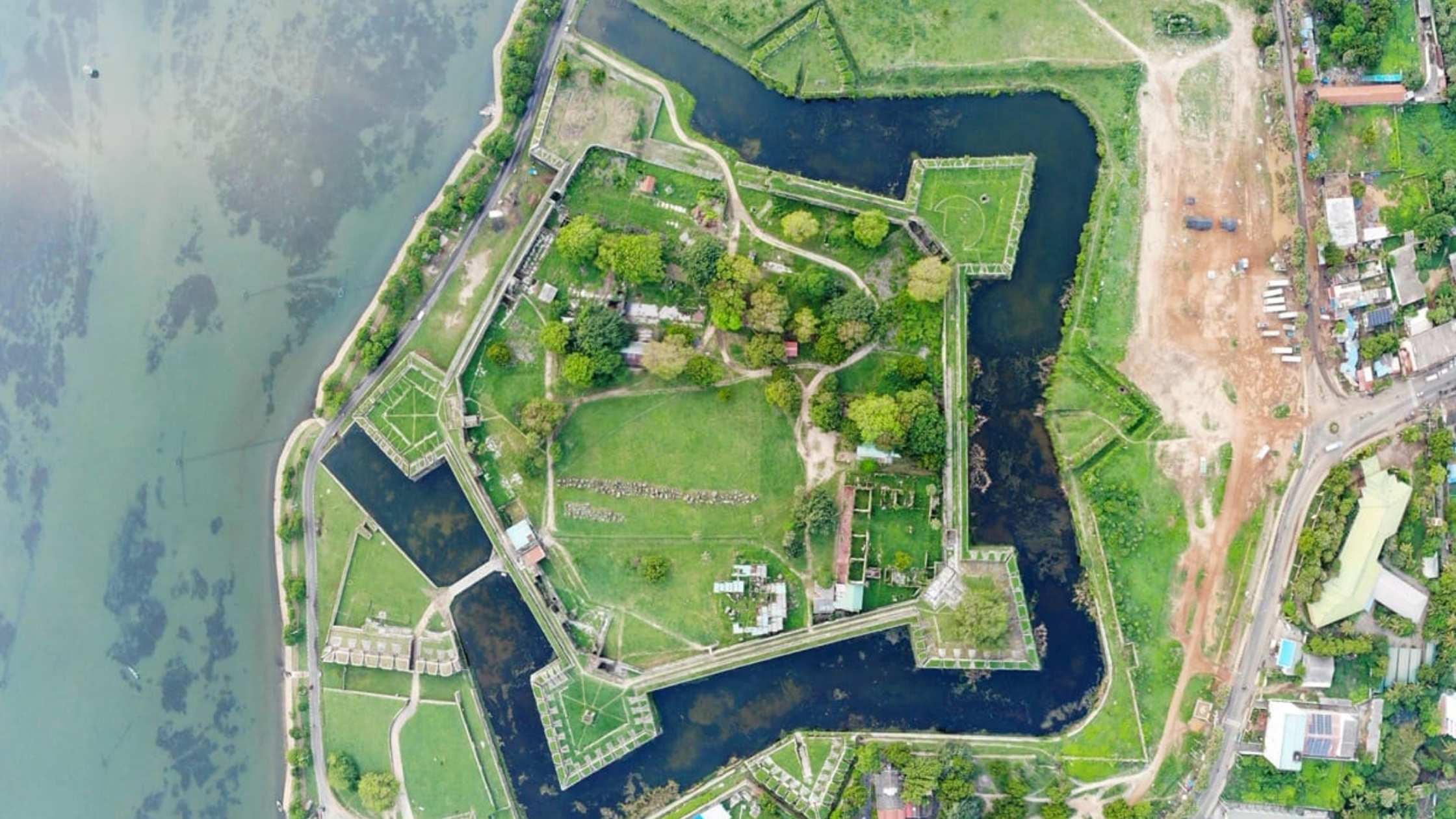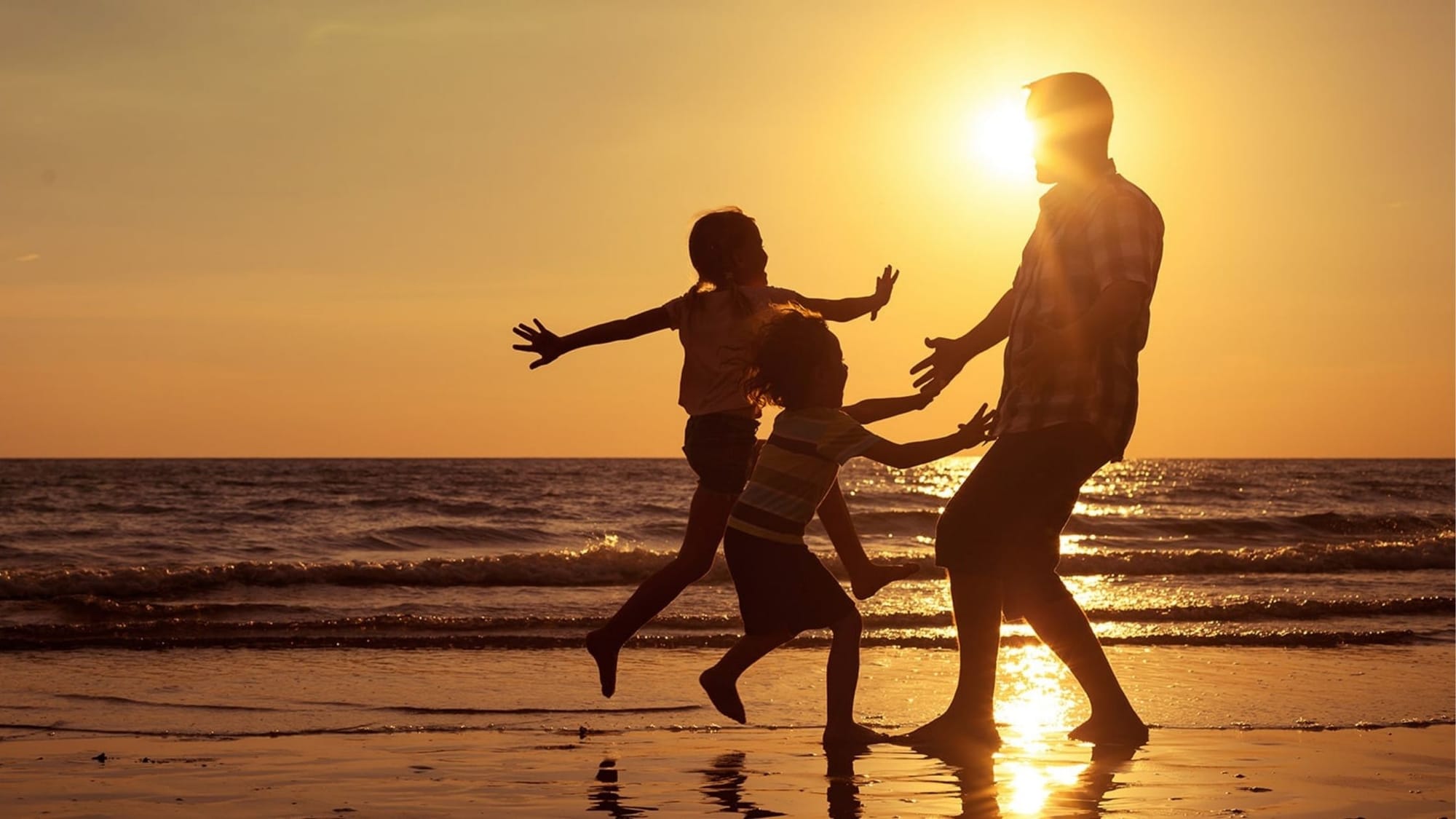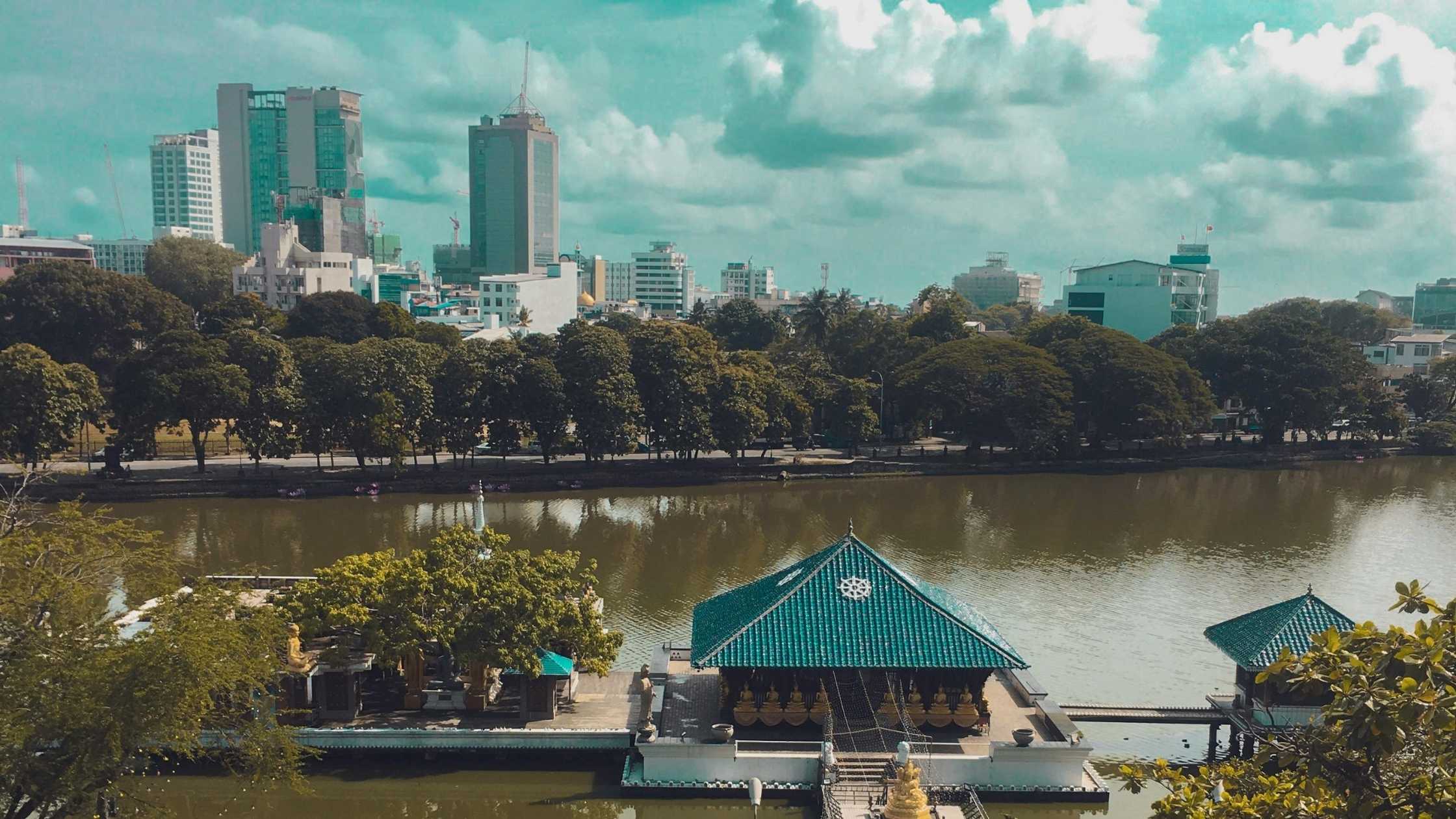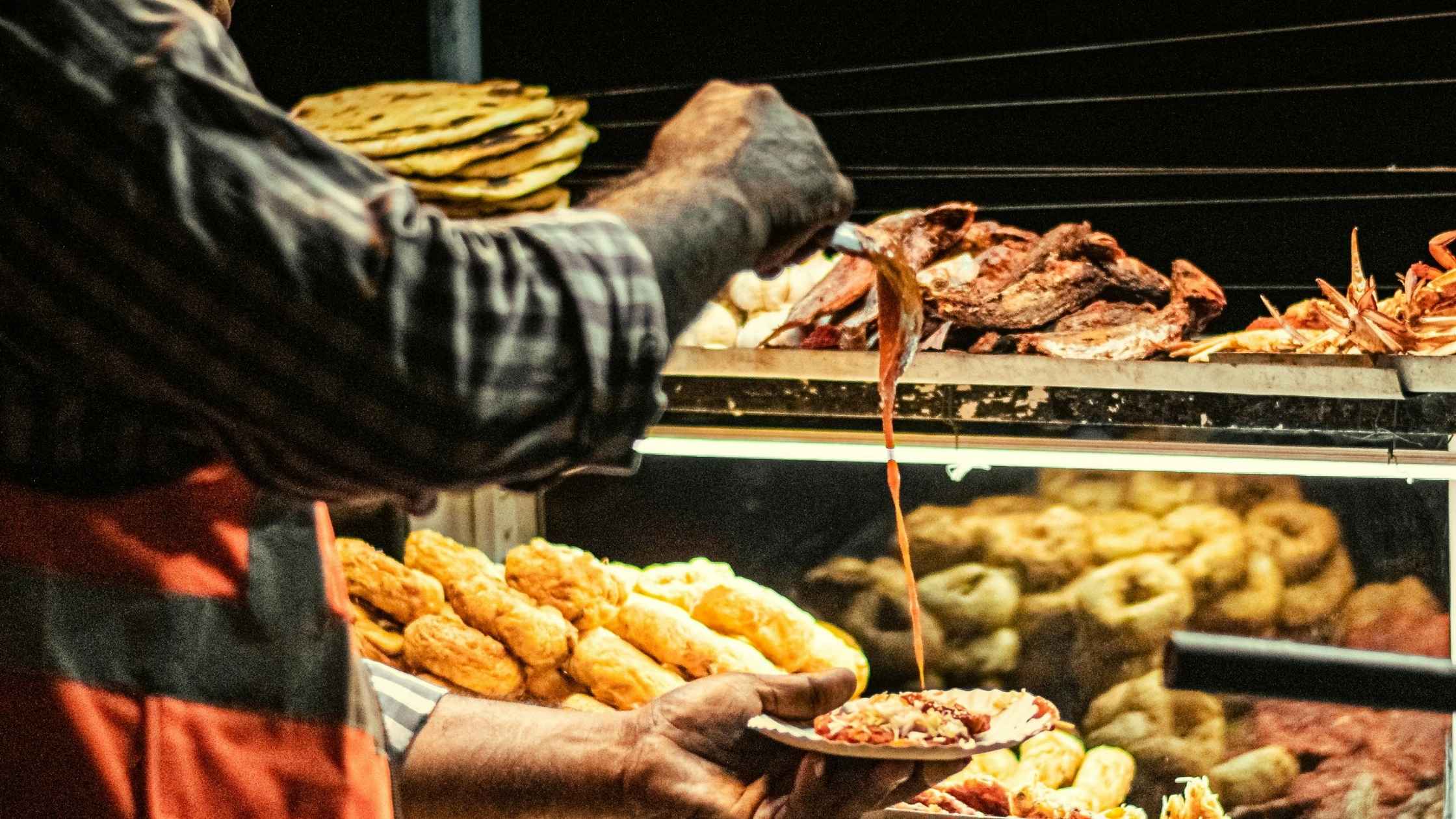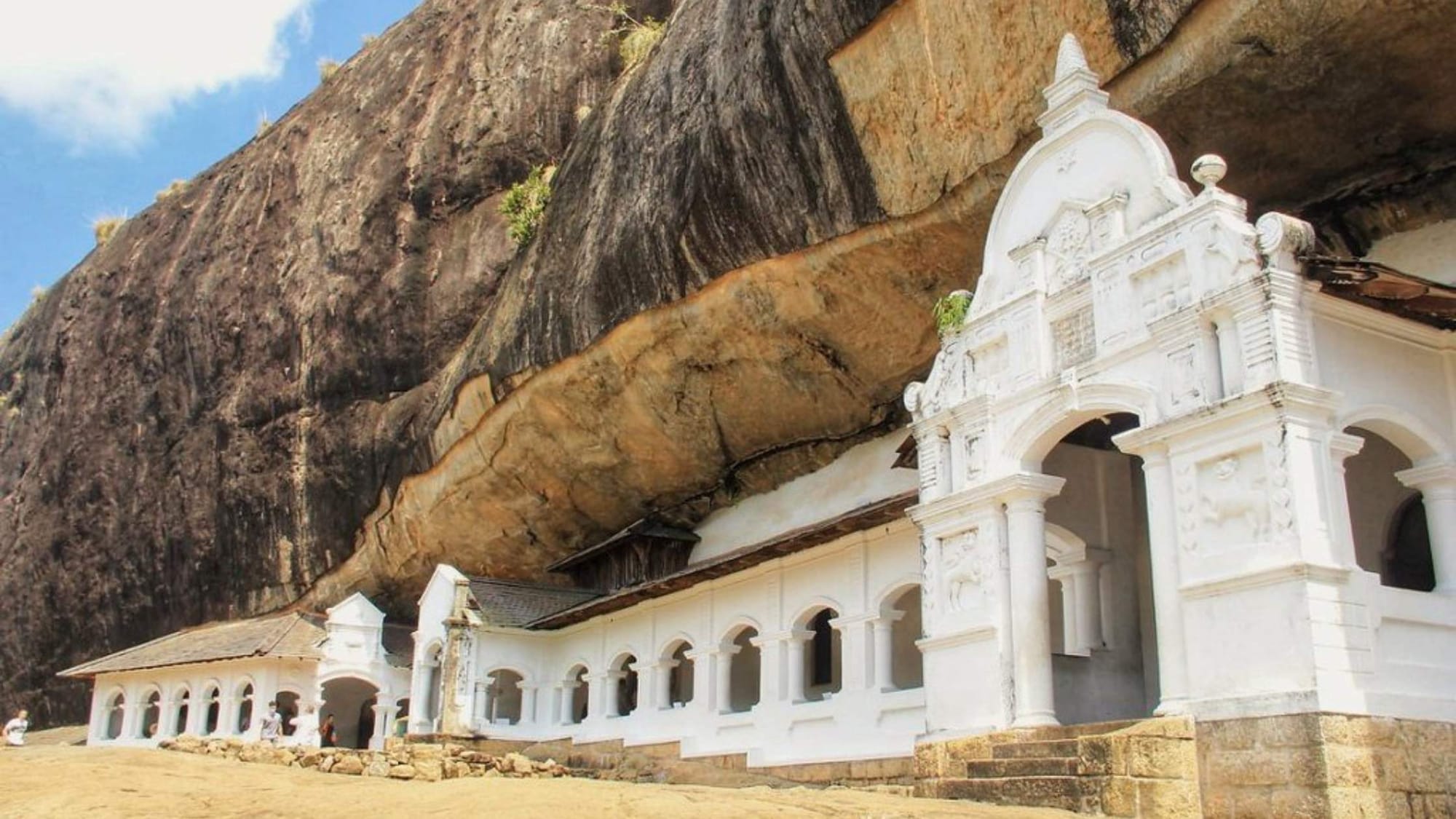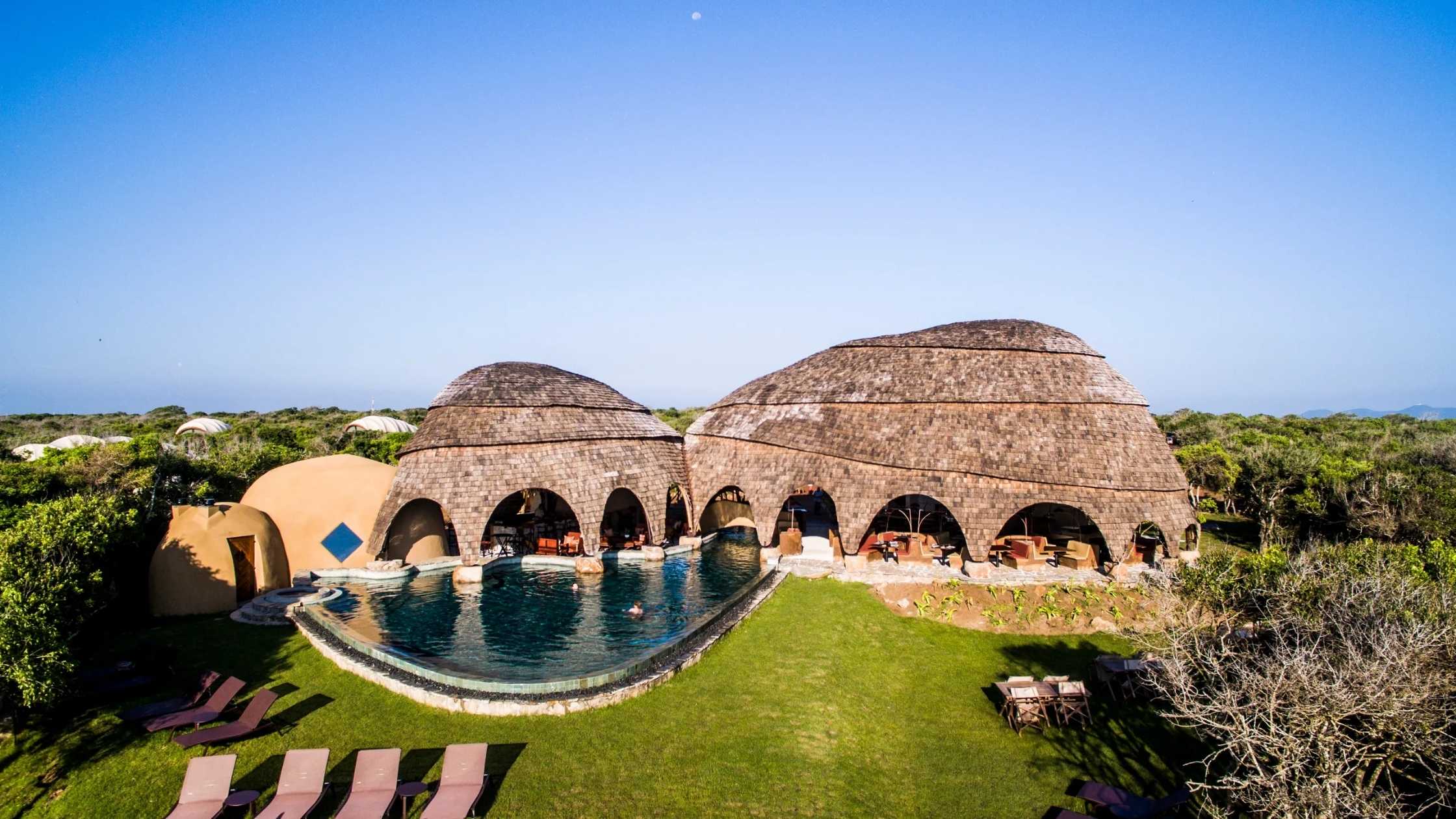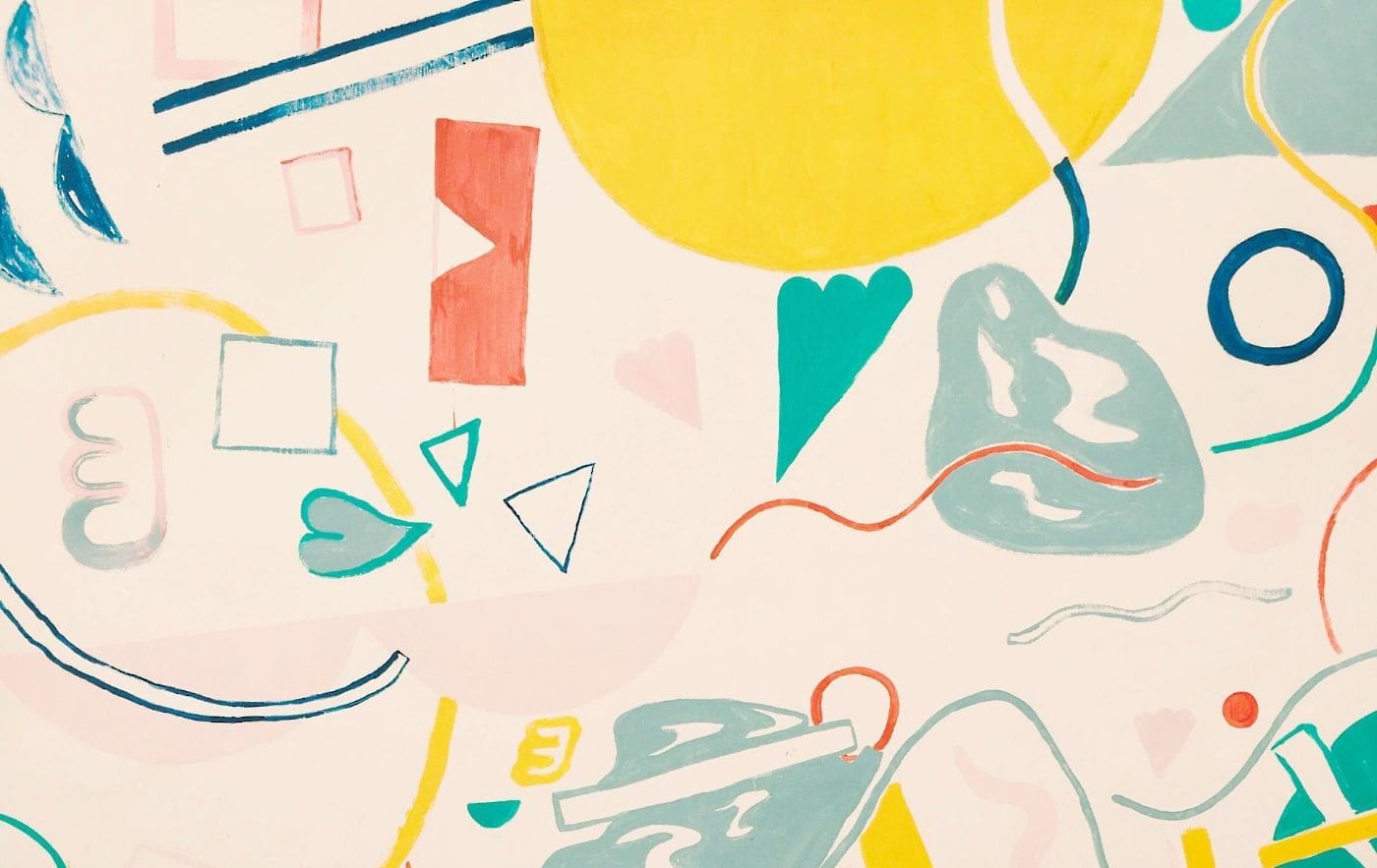Picture it.
You're in a place that few tourists ever get to visit. The smell of incense and curry hangs in the air. Spires of temples shine golden in a brilliant blue sky. And you're surrounded by a culture so distinct, so untainted by tourism, it's as if discovering a country within a country.
This is Jaffna.
And it's nothing resembling Sri Lanka you've dreamed of picturesquely.
The Place Tourism Forgot (Until Now)
For decades, Jaffna was forbidden. The civil war silenced it. No more. Now, Jaffna stands open-armed and decades in the making.
What makes it unique: this is not some other beach town with the same coconut trees and sunset bars. Jaffna is Tamil territory. The language changes. The cuisine sizzles. The temples explode in color. And the tempo? Blissfully slow.
You won't find crowds of tourists here. You will find authenticity.
What You'll Actually Experience
The Temple That Breathes Like a Heart
Nallur Kandaswamy Kovil is not a building. It's the spiritual pulse of Jaffna.
Enter during evening puja and the drumbeat throbs within your ribcage. The gold-plated gopuram towers above. Worshippers make their devotional circuits around the inner shrine. And you know you're witnessing something real not a performance for tourists.
One hint: men remove their shirts within. Dress modestly, and be prepared.
A Fort That Would Not Fall
The Portuguese built Jaffna Fort in 1618. The Dutch expanded it. Wars flared over it.
And yet it stands.
Climb up to the ramparts at sunset. The lagoon lies before you in copper and gold tones. The city hums below. And you see why empires fought for this view.
Markets Where Life Overflows
Forget sanitized souvenir shops. Jaffna Market is where the locals come to shop.
Baskets of dried fish. Saris in colors that should fight but don't. Tamil sweets glazed in ghee. The salesman quotes prices in flash-fast Tamil and somehow you come to an agreement in smiles and hand gestures.
This is the Jaffna that most tourists avoid. Don't.
Beaches Without the Beach Bars
Casuarina Beach shows you don't need cocktail menus and sunbeds for paradise.
Shallow blue-green water stretches for meters. Perfect for families. Perfect for doing absolutely nothing. It's 25 kilometers out of town on Karainagar Island, and yes, it's well worth the drive.
An Island That Time Forgot
Take a boat to Delft Island and step into another universe.
Wild ponies run wild. Coral walls demarcate ancient boundaries. Colonial ruins crumble lazily in the sun. The landscape is nearly lunar in its brutal beauty.
This is an adventure minus the crowds. Only you, the wind, and a sense of discovery that's become all too rare.
Springs That Heal (They Say)
Keerimalai Springs blend seawater with mineral waters. Locals say they heal. Pilgrims bathe ritually here.
Whether you are a believer or not in healing waters, there's something peaceful about watching people repeat traditions performed exactly the same way for centuries. The visitors are welcome to watch or get in themselves.
Sacred Ground for Buddhists
Sat atop Nainativu Island is Nagadeepa Purana Vihara, Sri Lanka's most revered Buddhist temple. Legend has it that the Buddha paid a visit during his second visit to the island.
The temple draws pilgrims from across the nation. But then again, it also makes you realize Jaffna's spiritual landscape is about more than one religion, and that there is impressive harmony between them.

The Food Will Ruin You for Mild Curries
Let's get this over with: Jaffna food is spicy. Really spicy.
And then you taste it, and after that, all the rest of the food is bland.
Jaffna Crab Curry is what you dream about. Rich. Spicy. So flavorful you'll have a second helping in spite of the burn.
Dosai arrives crispy outside, with chutneys and sambar that finally have a taste.
Odiyal Kool is a seafood soup with palmyrah flour thickening. The natives eat it for breakfast. You should too.
Nelli Cordial cools you down between spicy bites. Composed of gooseberries, it's sweet, sour, and uniquely Jaffna.
Jaffna Mangoes arrive in season like a godly gift. Sweet. Juicy. Worth organizing your vacation around.
Street stalls produce the best fare. Beachside stalls serve the freshest seafood. And your wallet hardly breaks a sweat.
Getting There Isn't Hard (But It Takes Commitment)
By train: The Yarl Devi operates between Jaffna and Colombo in 8–9 hours. Comfortable. Scenic. The journey is half the fun.
By bus: Slower and cheaper and less comfortable. You'll save rupees at the expense of legroom.
By car or taxi: 7–8 hours from Colombo with the option to stop wherever you please.
By air: Palaly Airport can be reached by domestic flights in an hour or so. For those who'd prefer to forgo the scenery and dive straight into discovery.
When to Come
Jaffna is driest from May to September. This is your opportunity for island-hopping and temple visits without getting soaked.
October through January is monsoon rain time. Heavy ones. But the city never shuts down. In fact, festival time is in full gear during this period, so if you don't mind having an umbrella, you'll get Jaffna at its festive best.
Where to Sleep
Budget traveler: Clean rooms and genuine hospitality are offered by family-run guesthouses and homestays. You're likely to carry back new friends and a recipe for crab curry.
Mid-range comfort: Small boutique hotels by Jaffna town offer modern amenities without corporate blandness.
Luxury seekers: Few luxury hotels have pools, seaviews, and service as high as the price.
If You Can Time It Right
Nallur Festival in August: Twenty-five days of Hindu celebration. Processions wind through streets. Rituals play themselves out night and day. Music lingers in the air. It's intense, colorful, and unforgettable.
Thai Pongal in January: The Tamil festival of harvest fills houses and streets with bunting. Families gather. Food appears in abundance. You're typically invited to share.
Going to a festival in Jaffna doesn't just make your trip better. It makes it completely different.
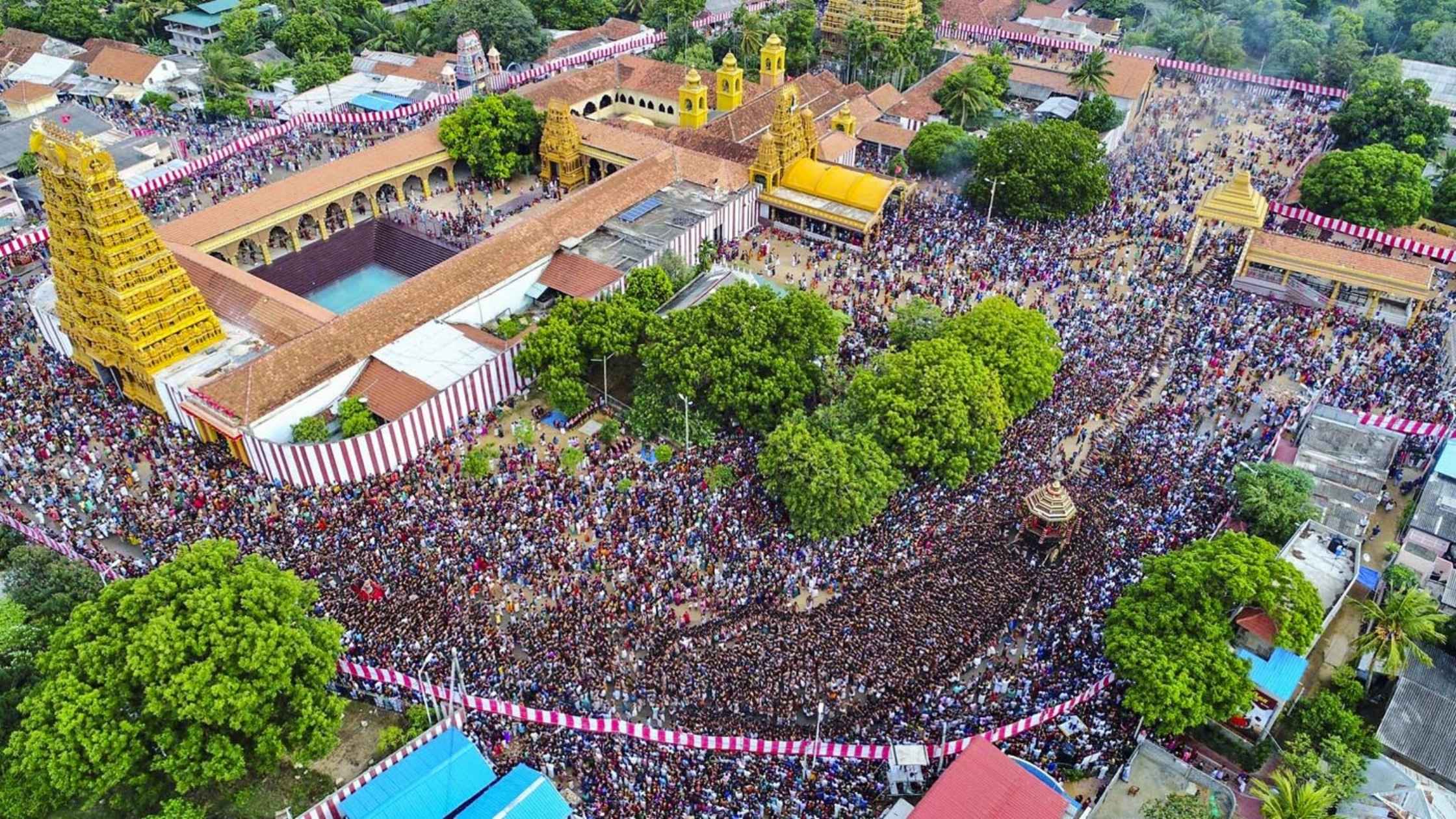
Practicalities (Because Details Matter)
Dress modestly, especially at temples. That shows respect and gets you welcomed as opposed to endured.
Travel by tuk-tuk. They are ubiquitous, cheap, and know every bend of the city.
Use ferries for the islands. They run frequently and almost free.
The local language is Tamil. English is fine in tourist areas, but a little Tamil earns you smiles.
Wi-Fi and mobile net are good. You can stay online without any issue.
Pay in cash. Sri Lankan Rupees, specifically. Small stalls and shops won't take cards.
Why You'll Remember This Place
Jaffna doesn't wow you with luxury resorts or Instagram cafes.
It wows you with authenticity.
With a culture that has survived war and emerged powerful. With food that challenges your palate and temples that challenge your perception of scale. With people who are actually happy you made it this far north.
This is Sri Lanka off the postcards. Off the standard loop from Colombo to Galle to Ella.
This is Sri Lanka that's worth it with an observation that can't be made elsewhere.
If you want to see the island as it really is, pulsating and spiritual not chopped up for tourists then Jaffna is well worth a footnote in your travel plans.
It ought to be the reason you go back.


